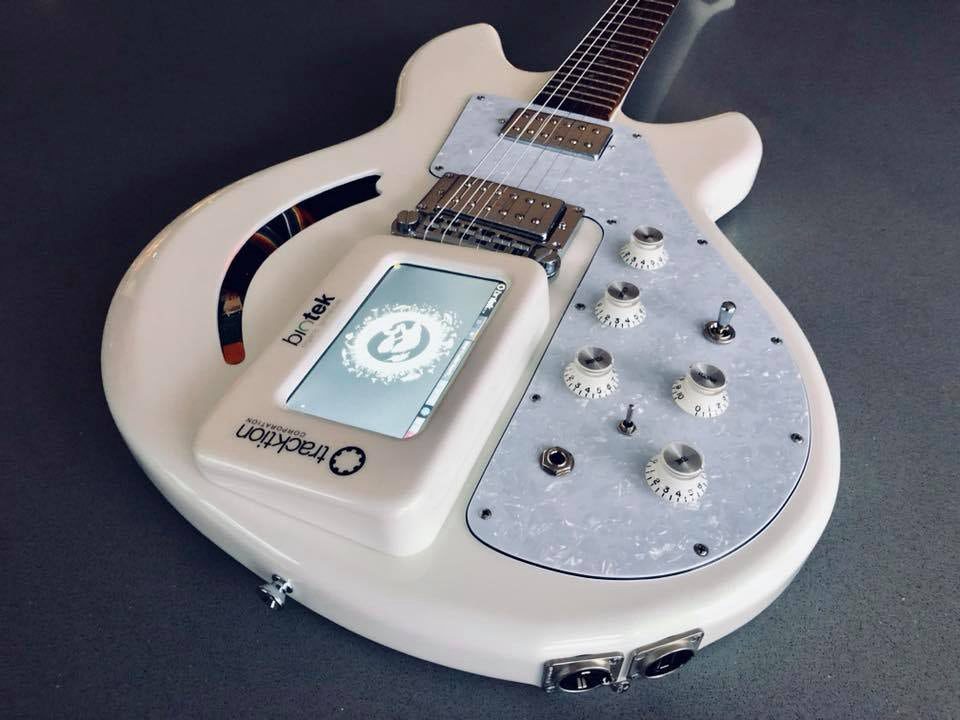Schlagwort: guitar
-

On-body LEDs help this guitar rock harder
Reading Time: 2 minutesYou don’t go to watch a band play live for the audio quality — most venues are atrocious in that regard. No, you go to enjoy the show as a whole and that includes the visuals. The more a band can do to make the performance look exciting, the more you’re going…
-

Fine-tuning The Last of Us Part II’s interactive guitar
Reading Time: 4 minutesMusic has always been a cornerstone of Naughty Dog titles, but with The Last of Us: Part II we knew we wanted to take things a step further, and put the music directly into players’ hands. The idea sprung first from a narrative angle: between our first internal story pitch and our…
-

Spirit Animal: a guitar with a built-in synthesiser
Reading Time: 2 minutesUK-based Lucem Custom Instruments has teamed up with Seattle’s Tracktion Corporation to create an electric guitar with a built-in Raspberry Pi synthesiser, which they call Spirit Animal. The Spirit Animal concept guitar We love seeing the Raspberry Pi incorporated into old technology such as radios, games consoles and unwanted toys. And we also love…
-

HackSpace magazine 8: Raspberry Pi <3 Arduino
Reading Time: 3 minutesArduino is officially brilliant. It’s the perfect companion for your Raspberry Pi, opening up new possibilities for robotics, drones and all sorts of physical computing projects. In HackSpace magazine issue 8 we’re taking a look at what’s going on on planet Arduino, and how it can make our world better. This little…



